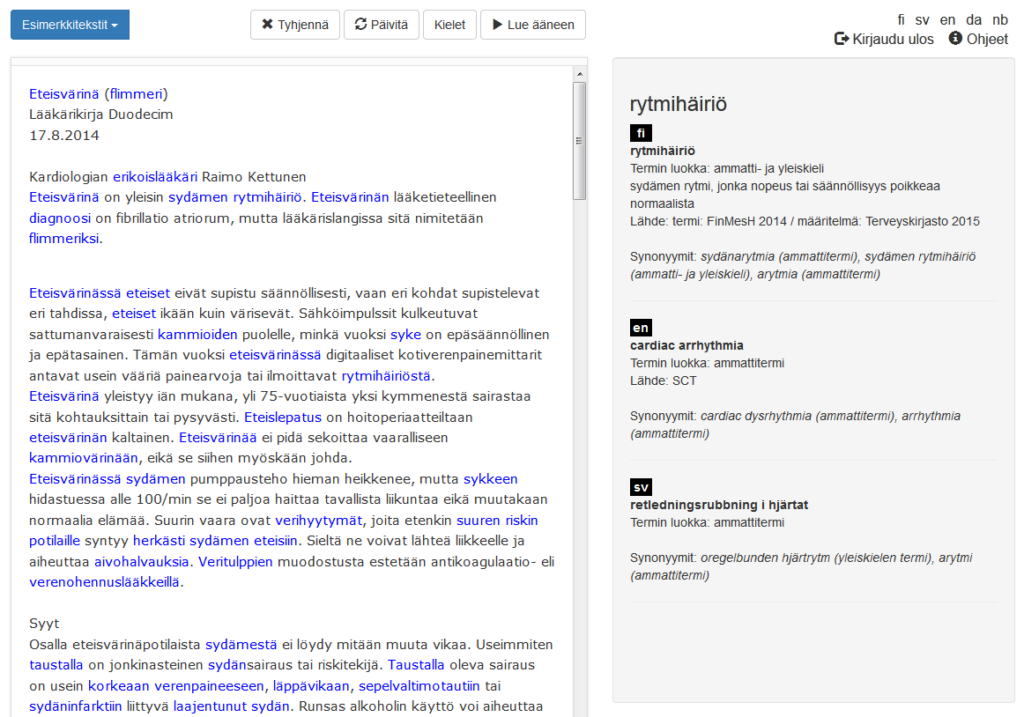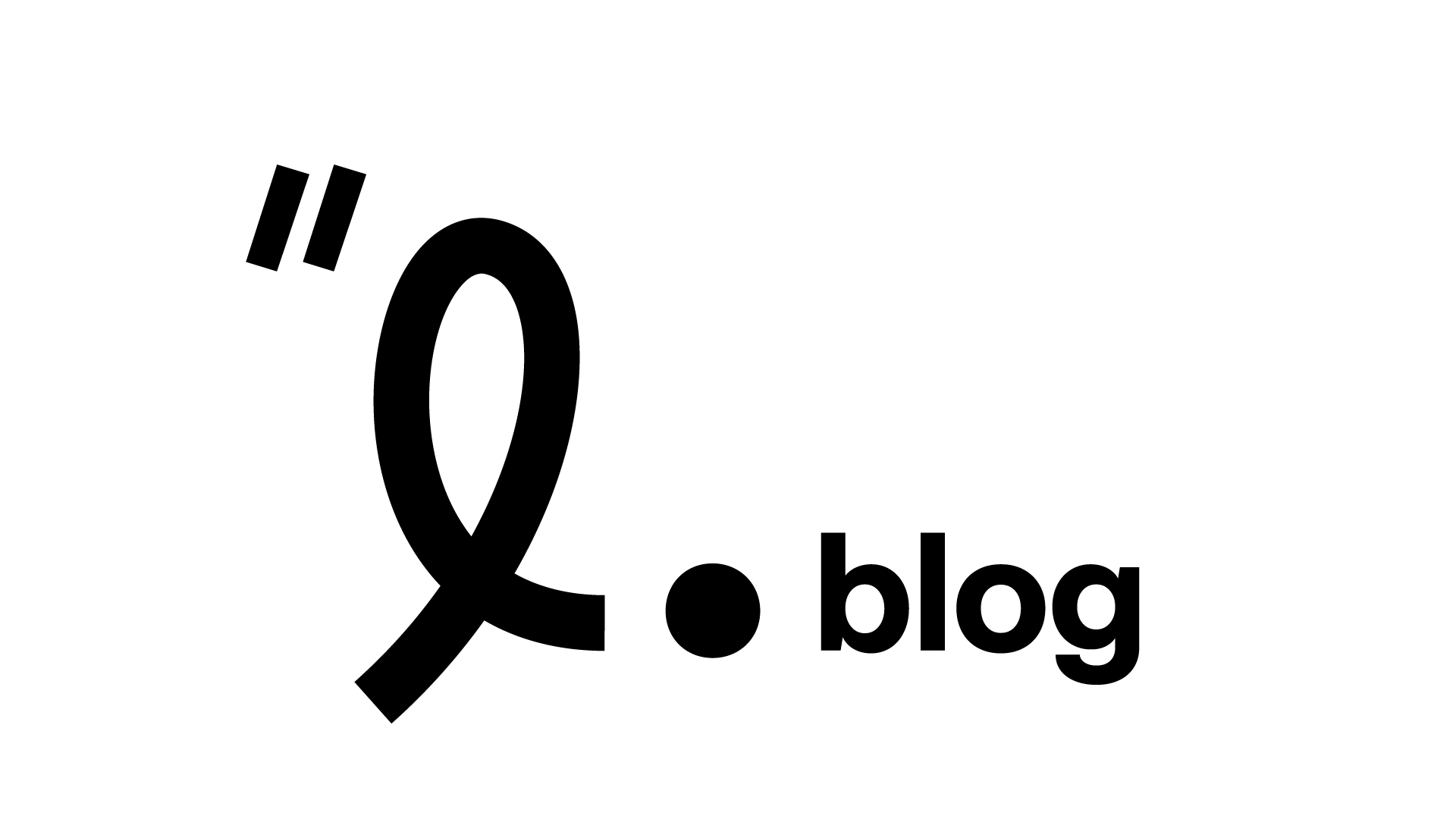Every one of us is an expert in a field. Be it crocheting, rheumatology, architecture or gardening, all fields have their own specialist terminology that makes it easier to talk concisely about complicated and specific matters.
Challenging patient entry terminology
Everyone must use health care services at some point, and many of us read the doctor’s or nurse’s entries concerning our treatment. The entries are written with health care specialist terminology to make them as precise and unambiguous as possible when various professionals process them.
However, this terminology is often complex for patients or clients themselves. What does tachycardia or ulnar flexion mean? What about nystagmus? Sometimes the sentences do not even look like English at first glance because the medical terminology is so comprehensive. Terminology management implemented with language technology offers a remedy for the trouble caused by difficult vocabulary.
What is terminology management?
Terminology management means identifying and making a list of an organisation’s important words, expressions and terms as well as maintaining the list. It is common to use a tool that keeps the defined terminology consistent and loyal to the brand when writers and translations change. The organisation has its own database from where the established translations for collected terms and expressions can be found, and it grows with time.
Understanding health care terminology matters!
Language technology offers a remedy for this trouble, as it can be used to create various tools that facilitate reading. For example, our browser-based reader tool pilot Termitulkki (Term Interpreter) identifies terms in text and provides additional information about them; such as synonyms, definitions, images and videos. All information provided is researched and of good quality, whereas the patient may not know how to differentiate between a reliable source and an unreliable one when googling themselves. Making a text created for professional use more easily understandable improves the patient’s participation in their own treatment and reduces uncertainty. Customer service load is also reduced when every entry need not be “translated” by a nurse. Everyone has the right to understand the medical documentation concerning themselves, because a patient is an active actor and not a passive object of procedures.
How does Termitulkki work?
The Termitulkki pilot was developed to be integrated into, for example, the background of a website, or to be used as a browser extension tool. The solution is based on Lingsoft’s structural analysis, which enables the identification of a word in all its inflected forms. The tool does not require linking explanations for terms manually with hyperlinks; instead, the solution finds and identifies the term directly in the text. Termitulkki finds the information it provides from a database that is created for the tool in collaboration with experts in the field. The solution is multilingual, which allows it to be used for translating key terms into foreign languages. The accessibility of patient documentation can also be improved thereby in other language groups.

The solution was developed through the joint Nordic Bridging the Language Gap project, in cooperation with Lingsoft’s partners, Interverbum Technology and Danish Copenhagen Translations. In addition to the companies participating in the project, the project was funded by Business Finland (formerly Tekes) and Nordic Innovation.
Categories:

